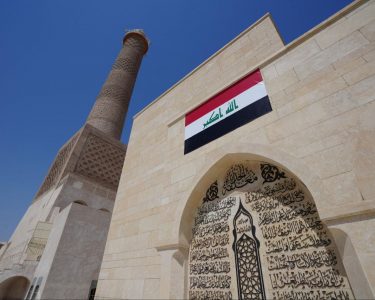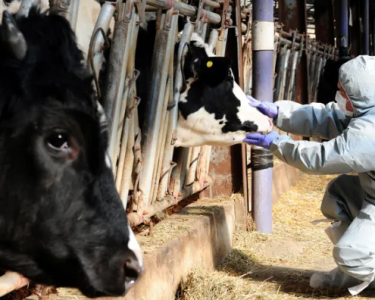SEOUL, Jun 22 (NNN-YONHAP) – South Korea successfully launched its homegrown space rocket yesterday, putting multiple satellites into the low-Earth orbit.
The Korea Space Launch Vehicle (KSLV)-II, also dubbed Nuri, blasted off from the Naro Space Centre, in the southern coastal village of Goheung, at about 4:00 p.m. local time, live footage from the Korea Aerospace Research Institute (KARI) showed.
The three-stage space rocket flew past an altitude of 200 km, after separating its fairing at about 4:03 p.m., and the third-stage booster engine stopped at 4:13 p.m. as it reached the target altitude of 700 km.
The verification satellite and the dummy satellite were separated from the booster at 4:14 p.m. and 4:16 p.m. each.
The rocket was loaded with a 162.5-kg performance verification satellite, to verify the launch vehicle’s capability, and four cube satellites, developed by four universities for academic research purposes, along with a 1.3-tonne dummy satellite.
The first Nuri test-launch was conducted in Oct last year, when the rocket successfully reached a target altitude of 700 km, but failed to put a 1.5-tonne dummy satellite into orbit, as its third-stage booster engine burned out earlier than planned.
The second launch was originally scheduled for last Thursday but it was postponed due to a technical glitch in the oxidiser tank sensor.
South Korea invested nearly two trillion won (1.55 billion U.S. dollars) for the past decade, to indigenously develop the space launch vehicle, capable of deploying a 1.5-tonne practical satellite into the low-Earth orbit.
The 200-tonne Nuri rocket, which measures 47.2 metres in length and 3.5 metres in maximum diameter, was clustered by four 75-tonne-grade liquid engines in the first stage, one 75-tonne-grade liquid engine in the second stage and one seven-ton-grade liquid engine in the third.
The homegrown space rocket development project began in Mar, 2010, and the country successfully test-launched its 75-tonne-grade liquid engine, called KSLV-TLV, in Nov, 2018.
KARI plans to test-launch the Nuri space launch vehicle four more times by 2027, to secure reliability. In the long term, KARI plans to enhance the Nuri performance, to carry a 2.8-tonne satellite into the low orbit, by developing a higher-performance main engine of 82-tonne-grade thrust.
It also aims to test-launch the enhanced space launch vehicle twice in 2029 and 2030, and secure an 830-kg moon probe launch performance by 2030.– NNN-YONHAP






